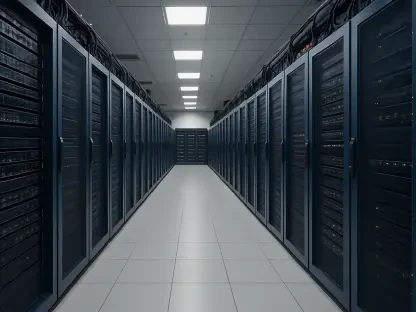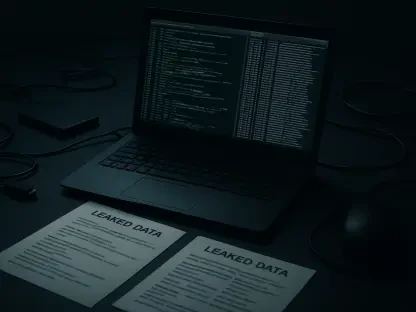The digital realm faces an escalating menace, where malevolent campaigns harness artificial intelligence to impersonate public figures with unparalleled accuracy. In a striking incident, the imposter replicated the voice and writing style of U.S. Secretary of State Marco Rubio, disrupting diplomacy and national security. This dark facet of AI, validated by senior U.S. officials, epitomizes the growing sophistication of deepfake technology, blurring lines between authentic and counterfeit media.
The Rise of Deepfake Technology
Deepfake innovation capitalizes on AI capabilities, creating synthetic media indistinguishable from genuine content. This technology uses generative adversarial networks (GANs), a machine learning method to curate convincing digital replicas of individuals’ voices and appearances. Emerging initially within entertainment circles, deepfakes have now entrenched themselves in significant technological discourse due to their ability to manipulate reality and influence public perception effectively.
Features and Performance Metrics of Deepfake Tech
At the forefront of this technology are AI-generated visual and audio media, which form the backbone of realistic impersonations. Visual deepfakes exploit AI to produce hyper-realistic fake footage, often indistinguishable from authentic recordings. The performance of these synthetic creations hinges on advanced algorithms that simulate natural body movements and facial expressions convincingly.
AI-driven audio presents similar challenges, utilizing sophisticated modeling to emulate specific voice qualities and intonations. This capability allows deepfake perpetrators to create persuasive audio files, mimicking real-world voices with alarming precision. Such advancements in AI-generated audio have profound implications, especially in domains where voice communication is key to security and diplomacy.
Current Innovations Influencing Deepfake Development
As technology innovation accelerates, new methods continue to emerge that refine deepfake production. Recent trends highlight its growing adoption across various sectors. Industry responses include both the enhancement and restriction of AI application, driven by governmental behaviors demanding stringent regulatory frameworks to counteract potential threats. The widespread implications of deepfakes have prompted platforms to integrate more advanced detection solutions, underscoring the need for improved moderation and security oversight.
Deepfakes in Real-World Contexts
Several fields exploit deepfake technology, such as entertainment, where realistic character portrayals enhance storytelling. In politics, its use poses significant threats, as evidenced by incidents of impersonations targeting government officials and political campaigns. In cybersecurity, deepfakes complicate efforts to secure information and identities against digital impersonation attempts. The technology also enables novel applications in education, where simulated environments with personalized interactions can be developed for learning.
Challenges and Limitations Presented by Deepfakes
Despite its remarkable capabilities, deepfake technology confronts several hurdles, including ethical dilemmas regarding truth authenticity and regulations ensuring media integrity. Developers continue to work on overcoming these challenges, advancing machine learning models to enhance deepfake detection and prevent malicious usage. Ethical considerations play a pivotal role in shaping regulatory measures to safeguard against exploitative practices, emphasizing the balance of technological progress and societal protection.
Future Trajectories of Deepfake Technology
The technological frontline anticipates significant advances in deepfakes that will reshape multiple industry landscapes. Long-term impacts suggest profound influences on society, compelling reevaluation of notions surrounding authenticity, trust, and media objectivity. Future developments may include tools that enable users to critically assess media authenticity, embedding a societal consciousness aimed at detecting manipulated content with more agility.
A Comprehensive Review and Implications
Deepfake technology represents a formidable tool amid digital evolution, with substantial implications for how information is perceived and disseminated. Its current state reflects both innovation potential and threat magnitude, demanding swift advancements in defense mechanisms and regulatory frameworks. Understanding this dichotomy is crucial for mitigating risks while capitalizing on opportunities offered by deepfakes, driving future strategies to preserve integrity and trust within the digital ecosystem.









